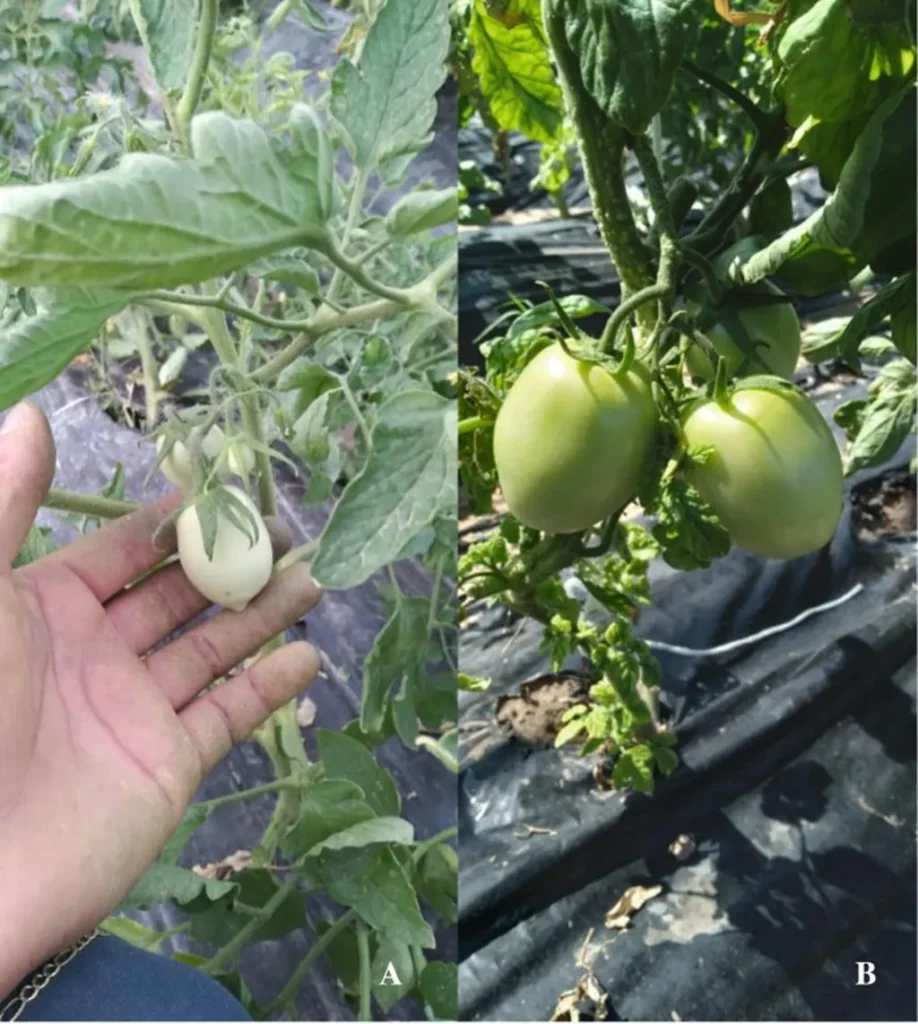In the quest for sustainable agriculture, scientists have long sought eco-friendly alternatives to chemical fertilizers. A recent study published in *Chemical and Biological Technologies in Agriculture* offers a promising breakthrough: certain bacteria, specifically *Pantoea ananatis* strain D1-28, produce volatile organic compounds (VOCs) that significantly boost tomato growth and enhance rhizosphere microbial diversity. This discovery could revolutionize the way we approach plant cultivation, offering a greener, more sustainable future for agriculture.
The research, led by Nan Zeng from the College of Land and Environment at Shenyang Agricultural University, screened thirteen plant growth-promoting rhizobacteria (PGPR) strains to identify those with the most potent growth-enhancing VOCs. Among the top performers, *Pantoea ananatis* D1-28 stood out, notably enhancing lateral root development and shoot biomass in tomato plants. “The results were striking,” Zeng noted. “Not only did the VOCs promote growth, but they also remodeled the root architecture in a way that suggests a profound impact on the plant’s overall health and vigor.”
The study delved into the VOC profiles of the key strains using gas chromatography-mass spectrometry (GC–MS), revealing a complex array of compounds. Three core components—dimethyl disulfide, 2-nonanone, and benzothiazole—were identified as crucial for growth promotion. Dose-response assays further refined the optimal concentrations of these compounds, demonstrating their potential for practical agricultural applications.
One of the most intriguing findings was the impact of these VOCs on the rhizosphere microbiome. The VOCs drove a process called functional compartmentalization, enriching specific microbial taxa and potentially enhancing nutrient cycling and plant health. “This suggests that the VOCs don’t just act on the plant directly but also create a more favorable environment for beneficial microbes,” Zeng explained. “It’s a synergistic effect that could have far-reaching implications for sustainable agriculture.”
Transcriptomic profiling of the VOC-treated plants revealed 132 differentially enriched KEGG pathways, primarily linked to auxin biosynthesis, sulfur and nitrogen metabolism, energy metabolism, and carbohydrate metabolism. These findings indicate that the VOCs coordinate plant hormone signaling and metabolic networks, providing a comprehensive understanding of their growth-promoting mechanisms.
The commercial implications of this research are substantial. As the agricultural sector grapples with the need to reduce agrochemical use and enhance sustainability, VOC-based biofertilizers offer a promising solution. These findings could pave the way for the development of new, eco-friendly agricultural technologies that harness the power of microbial VOCs to boost crop yields and improve soil health.
“This research provides a theoretical foundation for the development of VOC-based green agricultural technologies,” Zeng said. “It’s an exciting step towards a more sustainable future for agriculture.”
As the global population continues to grow, the demand for sustainable and efficient agricultural practices will only increase. The insights gained from this study could shape the future of farming, offering a blueprint for innovative, eco-friendly solutions that benefit both growers and consumers alike.

